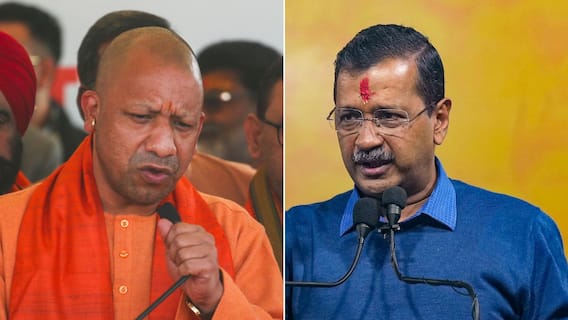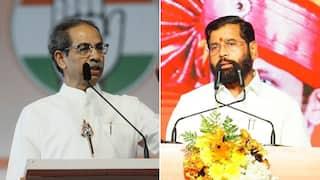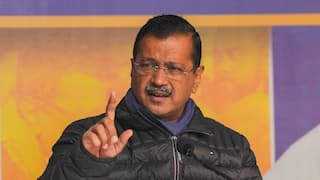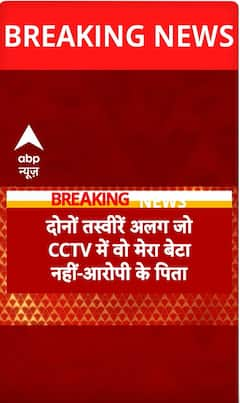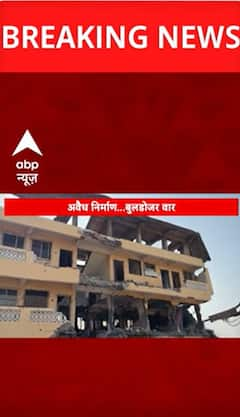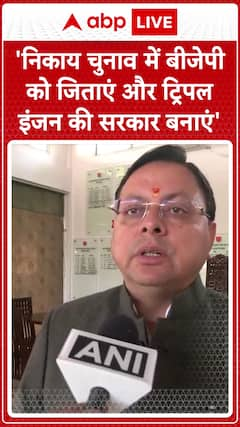Your Health, Your Way: Here's How Technology Can Make Chronic Disease Care Easier
Patient monitoring has vast potential in the Indian market and overcoming the existing challenges can allow us to harness its potential in the best possible way.

By Surjeet Thakur
Technology is ruling almost every aspect of life, and healthcare is no different. Rapid technological advancement has brought about revolutionary changes in health care, particularly in chronic disease management. In India, where chronic conditions like diabetes, hypertension, and COPD are widespread, remote patient monitoring (RPM) is emerging as an essential tool to enhance disease management and improve patient outcomes.
What Is Remote Patient Monitoring?
Remote patient monitoring is all about using digital means of obtaining health data from a patient in the comfort of their home and sending it to the healthcare provider for analysis. This includes blood glucose levels, blood pressure, heart rate, and even oxygen saturation, and many more. A system can be as small as a watch that only tracks one metric and as big as one that consolidates all medical data.
Prevalence Of Chronic Diseases In India
The country is dealing with a great burden of chronic diseases. In India, the share of NCDs is higher than 60 per cent of total deaths. In particular, there is a very high prevalence of diabetes and cardiovascular diseases due to changes in lifestyles and an increasing geriatric population.
Effective management of these diseases is required for improving personal health outcomes as well as reducing pressure on the health system.
Impact Of RPM On Chronic Disease Management
Better Patient Engagement and Compliance
With the RPM process, patient monitoring is performed regularly, thereby leading to more active participation in treatment planning and adherence. Scientific research studies reveal that a high percentage of monitored patients stick to prescribed therapies and take necessary lifestyle measures. RPM also has the benefit of increased medication and lifestyle adaptation adherence for patients with chronic conditions.
Early detection of complications
The most significant benefit of RPM is the early detection of potential complications. Through continuous monitoring of patient's health data, healthcare providers can identify deviations from normal ranges that might indicate emerging issues. For example, remote monitoring can alert physicians to worsening symptoms in diabetic patients, enabling timely intervention before the condition escalates into a more dangerous state.
Reduction in Healthcare Costs
RPM may be associated with cost-saving both to the patient and the health system. With a decrease in frequent face-to-face consultations and hospitalizations, healthcare spending is decreased. Monitoring remote conditions is helpful in controlling chronic diseases with a reduction in visits to the emergency department and admissions in hospitals.
Improved Access To Care
India is a vast and diverse country, healthcare services in one place may be less accessible than those in another, particularly in places far from urban areas. With RPM, such inequality can be countered because patients are attended to without having to travel long distances. Telehealth channels, such as that presented by Apollo Telehealth, allow patients to access consultation and regular follow-up digitally. This opens up the opportunity for greater access to underserved populations.
Data-Driven Insights For Better Management
RPM systems make data that would be too gigantic to accurately formulate treatment strategies. Such an approach based on data allows healthcare professionals to customize treatment plans based on real-time information.
Analysis of trends and patterns in patient data enhances the precision of medical interventions and fosters better control of chronic diseases.
Challenges & Scope
Although it has enormous potential, there are challenges to its adoption in India. Infrastructure limitations, from unreliably connecting the internet to the unavailability of high-end devices in most remote areas, will hinder the effective roll-out of RPM systems. Additionally, awareness and education are much required in healthcare providers and patients for an overall effective and salutary use of RPM.
This has driven greater interest in the creation of low-cost and accessible RPM solutions appropriate to the Indian situation. There needs to be greater investment in the role of government agencies in popularizing the adoption of RPM among Indian citizens and increasing collaboration with private sector interests. Also, integration with health systems, besides issues related to data security and privacy, can become a roadblock in their implementation.
Patient monitoring has vast potential in the Indian market and overcoming the existing challenges can allow us to harness its potential in the best possible way. According to Mordor Intelligence, the India Patient Monitoring Market size is estimated at USD 1.89 billion in 2025 and is expected to reach USD 2.74 billion by 2030, at a CAGR of 7.67 per cent during the forecast period (2025-2030).
Remote patient monitoring is one of the biggest advances in the management of chronic diseases in India. It will be able to improve patient engagement, early detection of complications, reduced healthcare costs, access to care, and data-driven insights to transform chronic disease management in the country. However, addressing existing challenges and fostering stakeholder collaboration will be necessary to fully realize the potential of RPM and improve health outcomes for millions of patients across India.
(The author is the Founder & CEO of TrioTree Technologies)
Disclaimer: The opinions, beliefs, and views expressed by the various authors and forum participants on this website are personal and do not reflect the opinions, beliefs, and views of ABP Network Pvt. Ltd.
Trending News
Top Headlines









